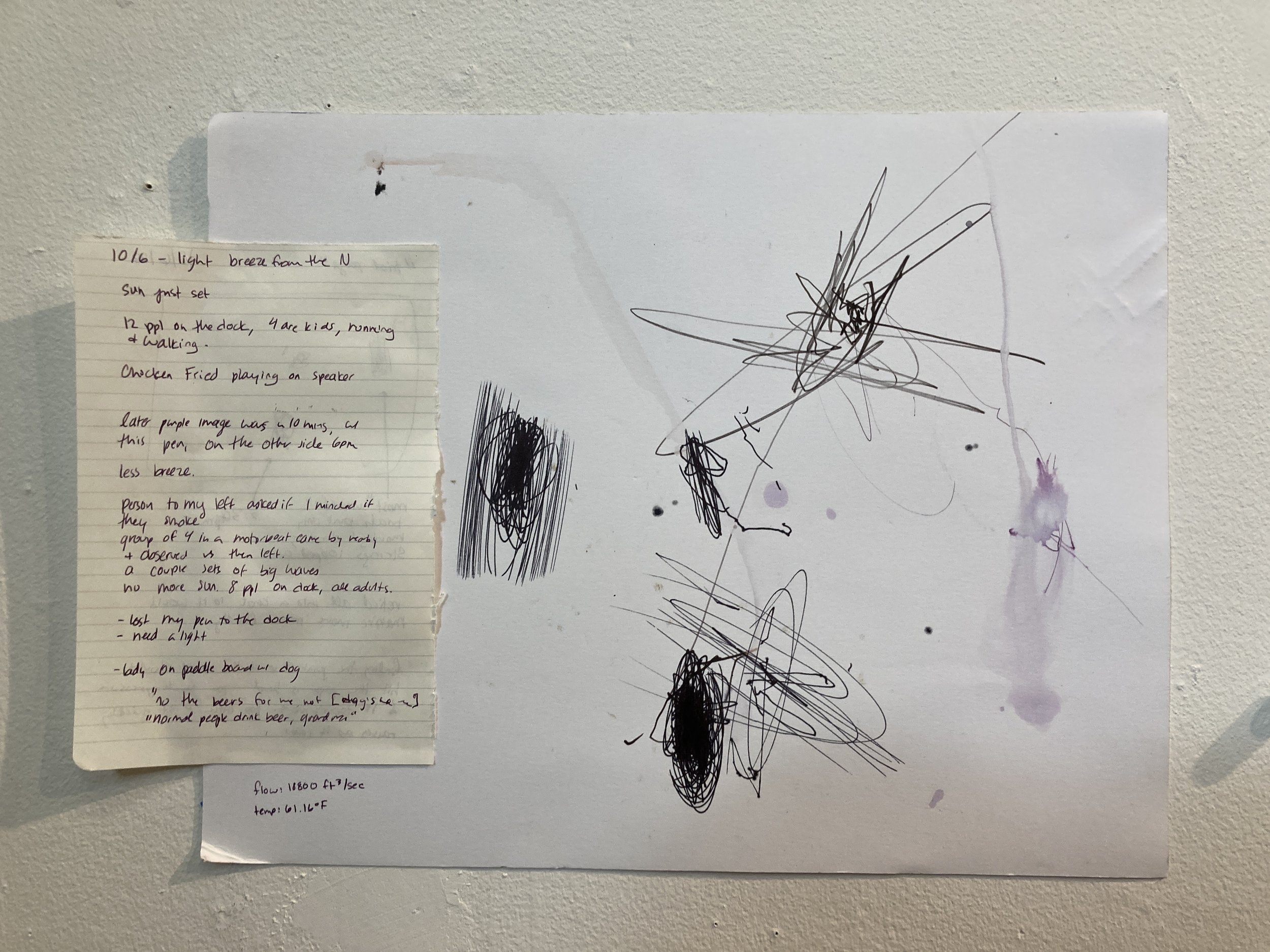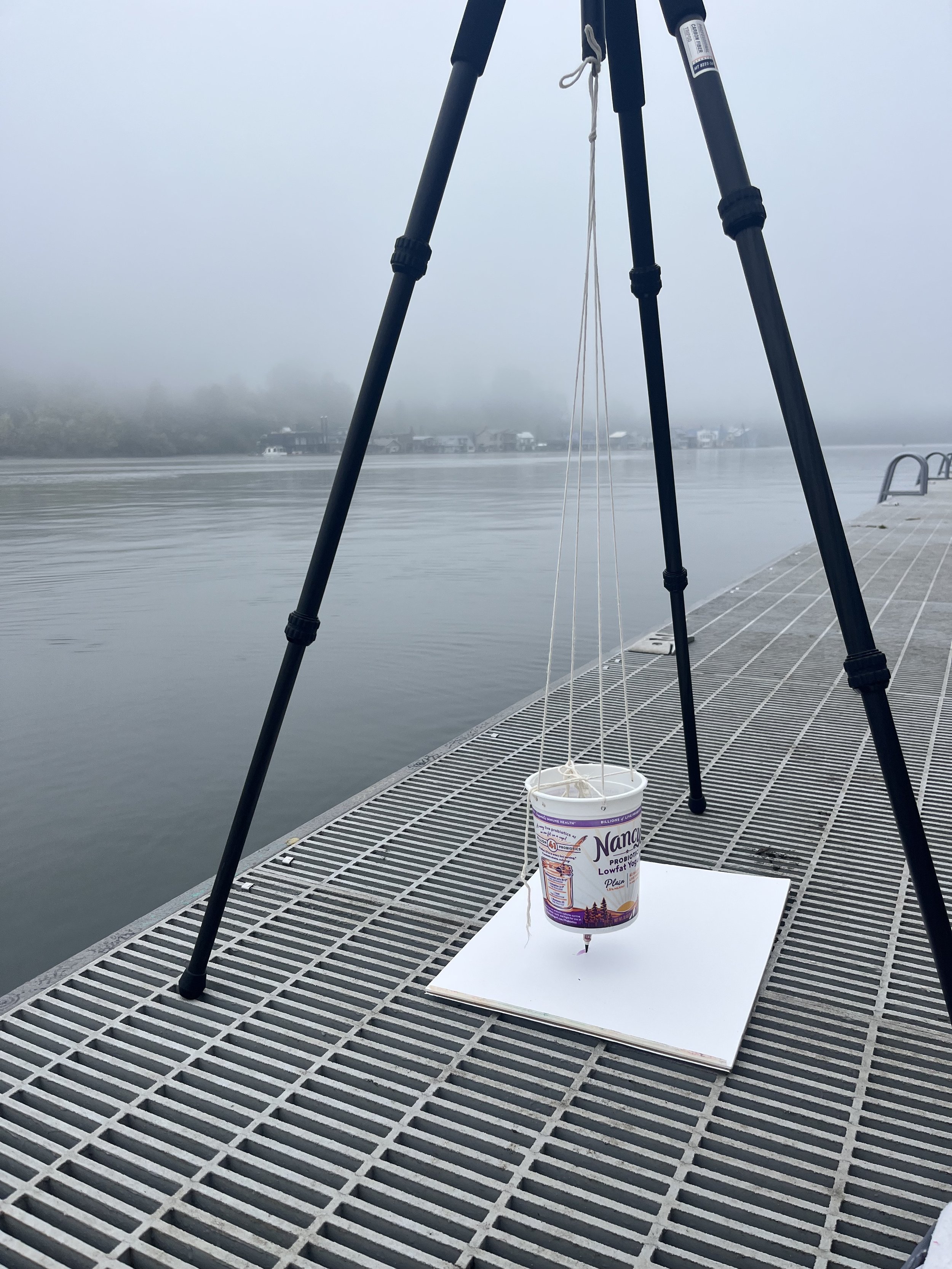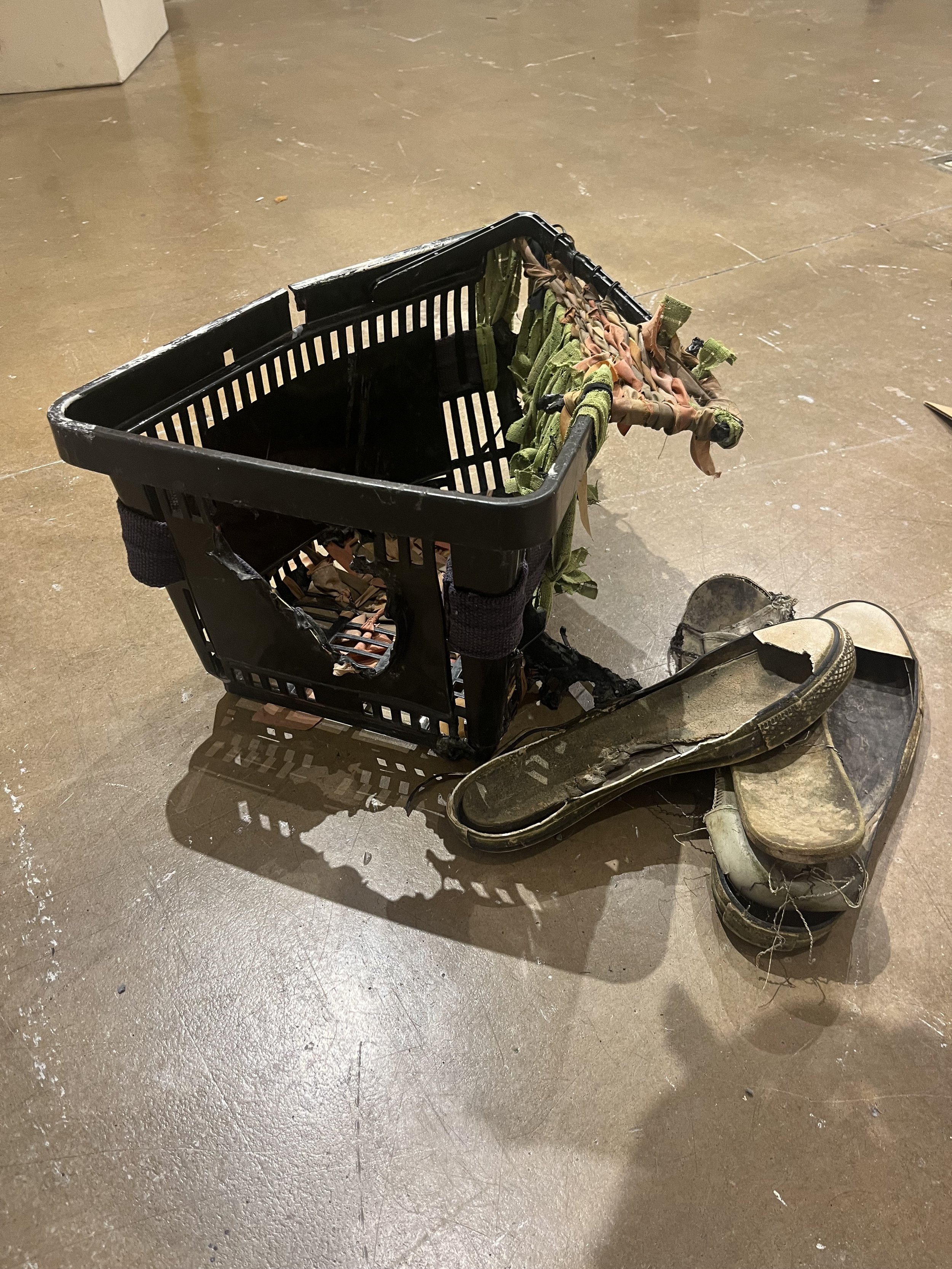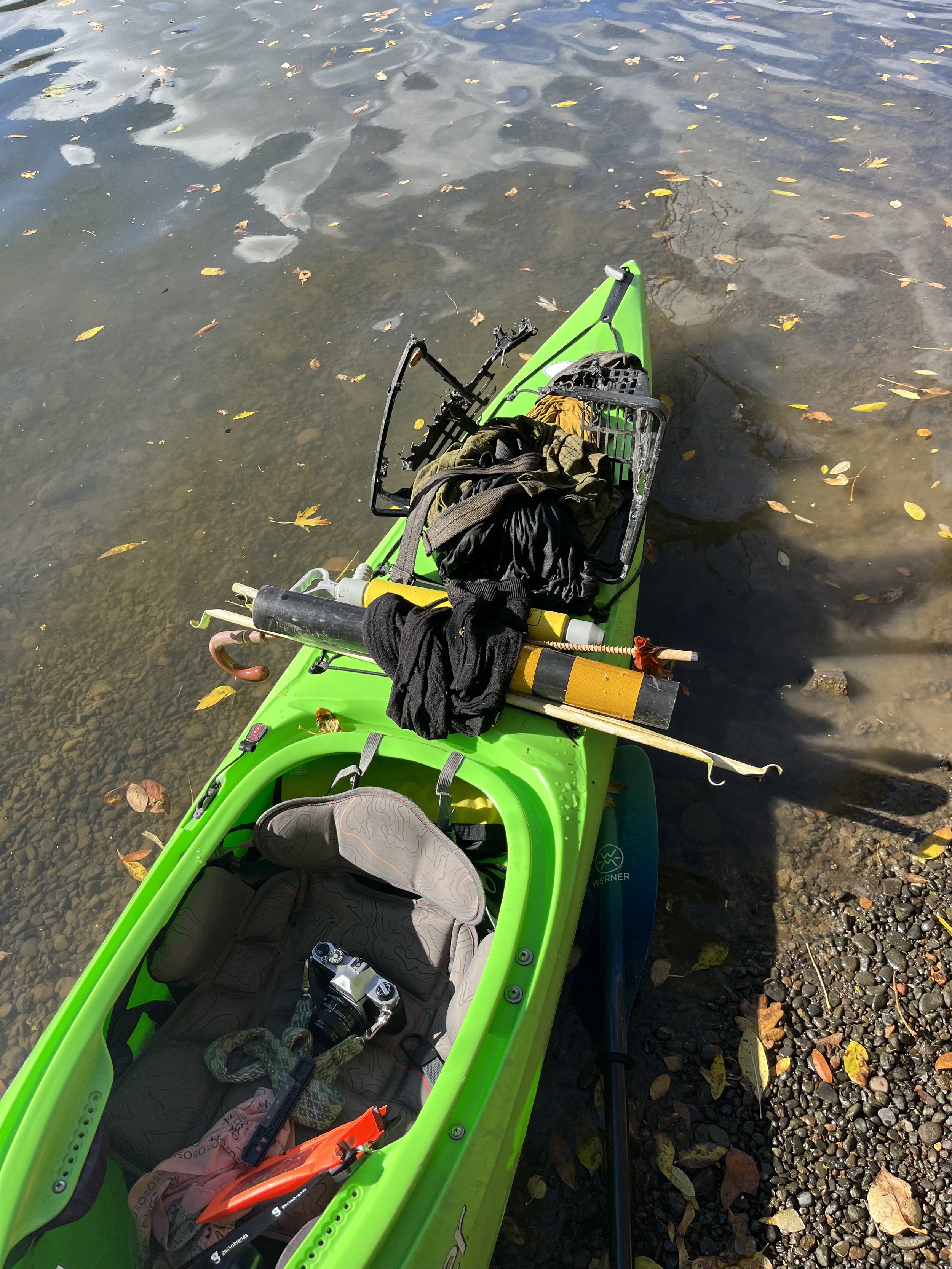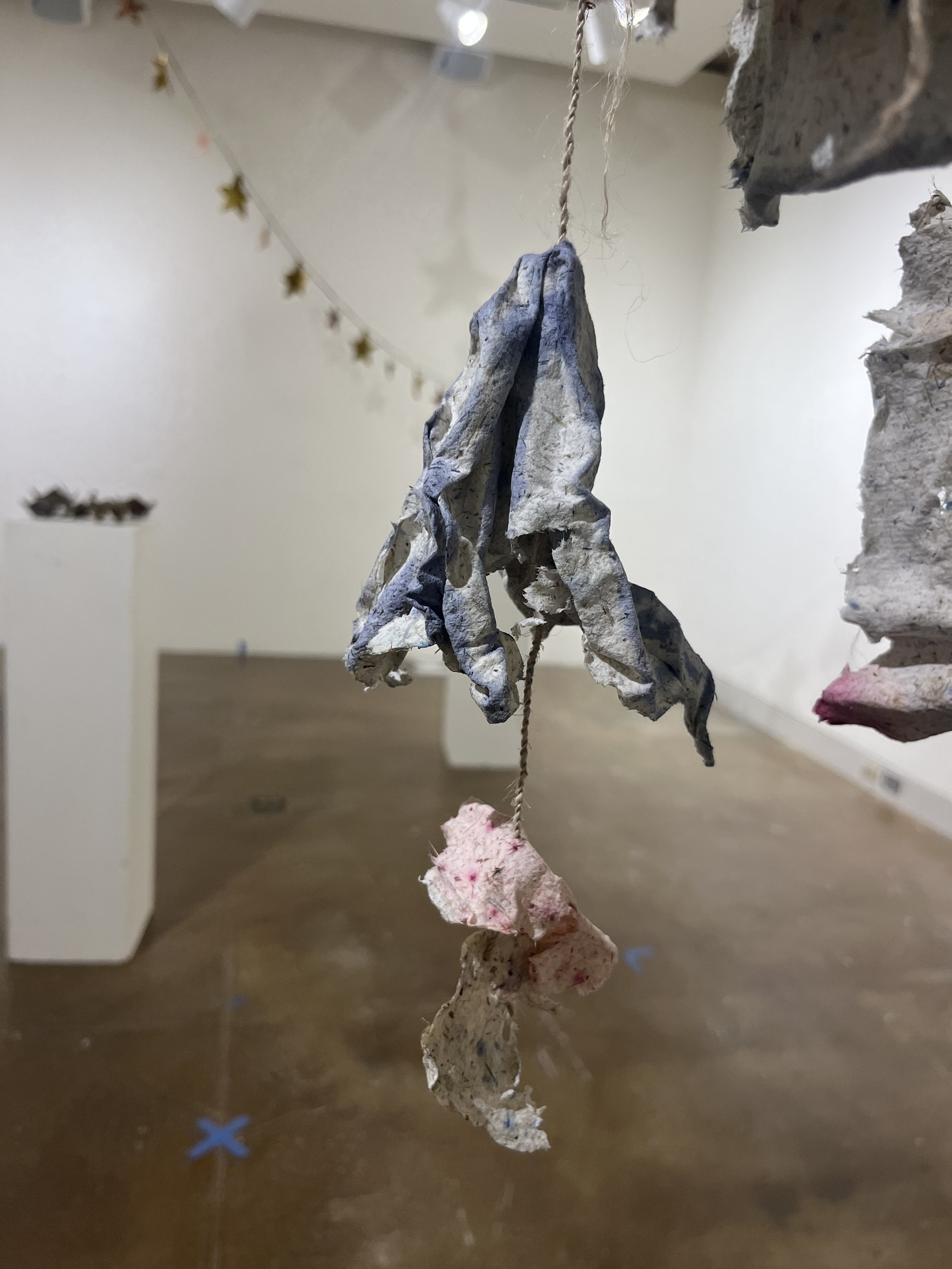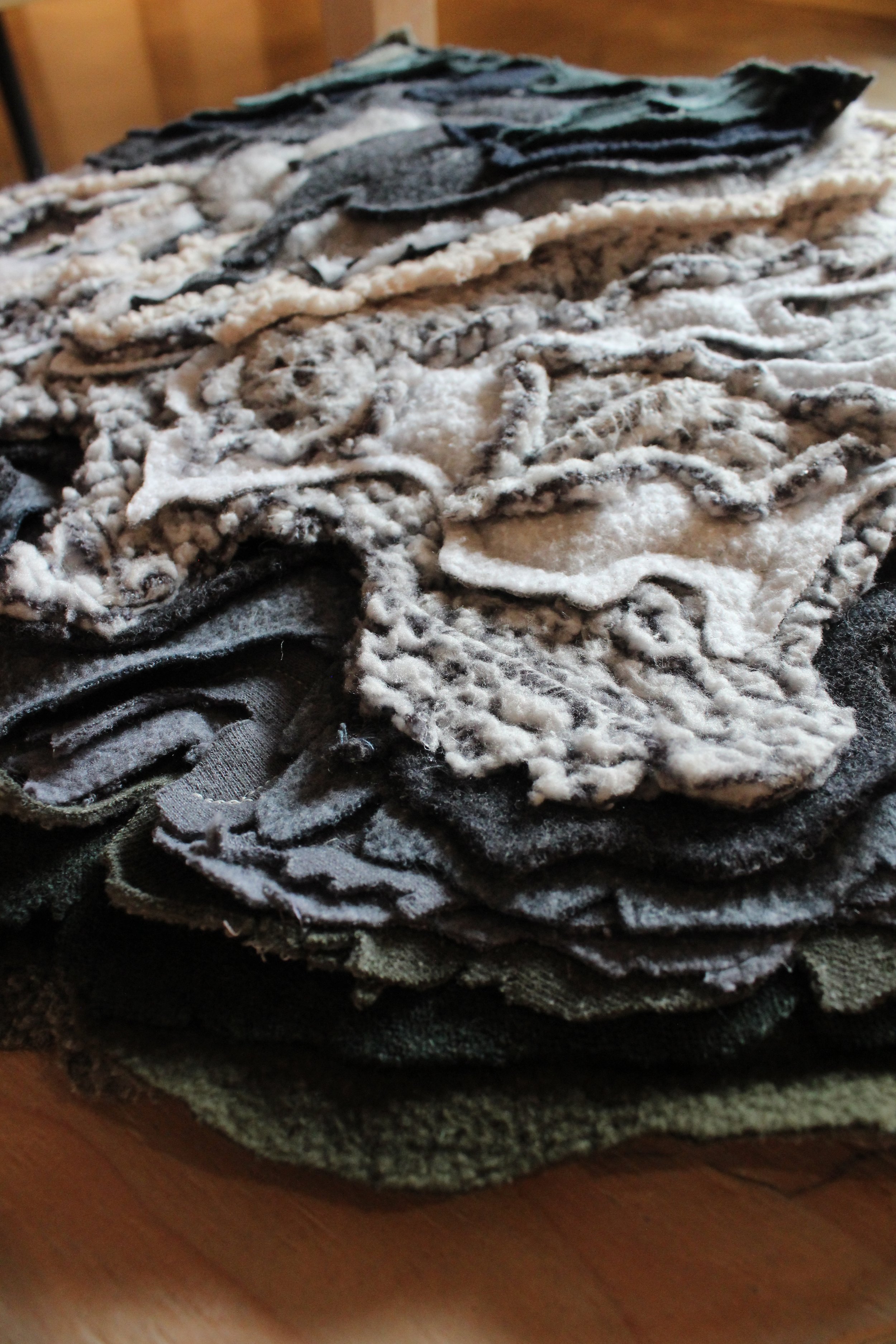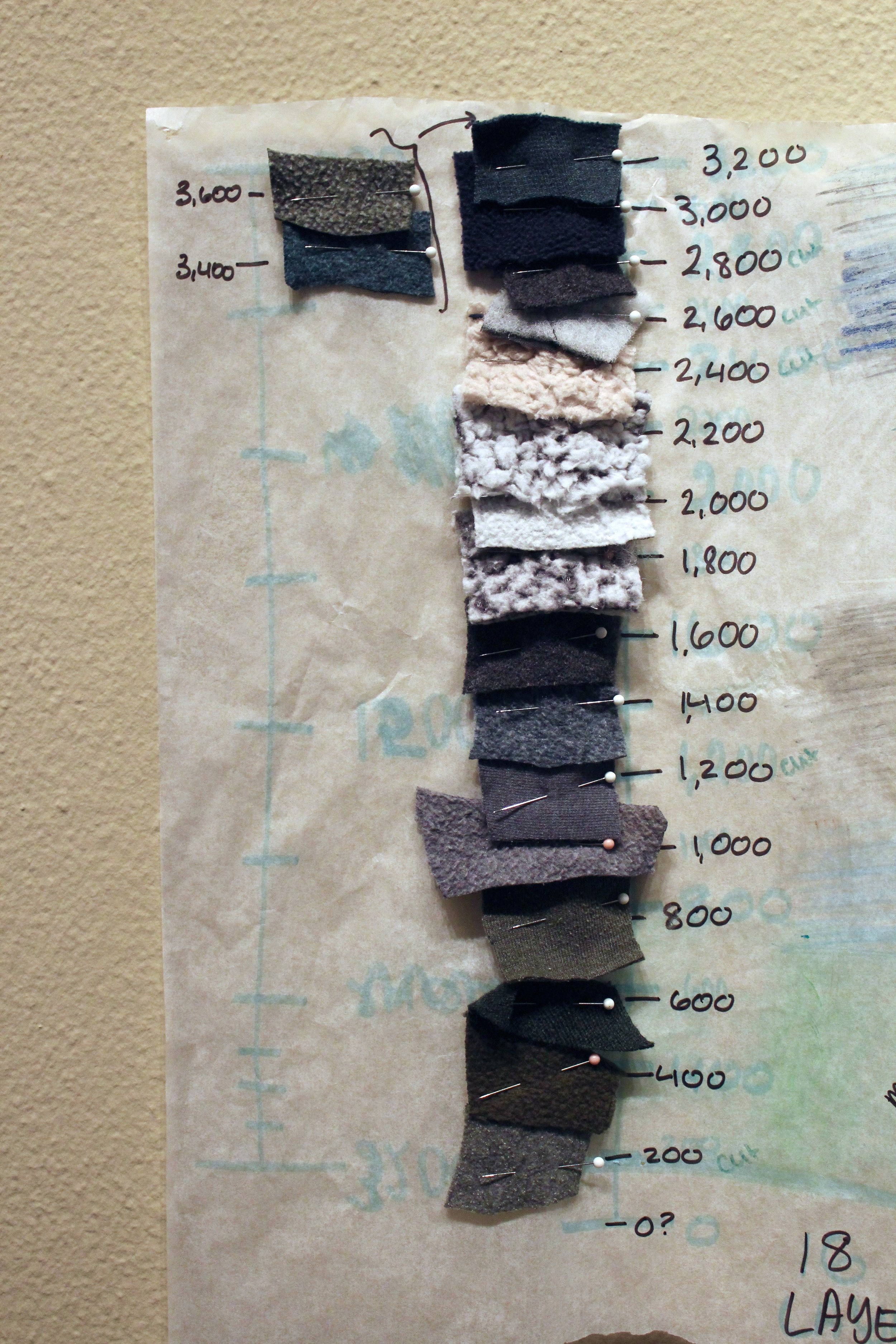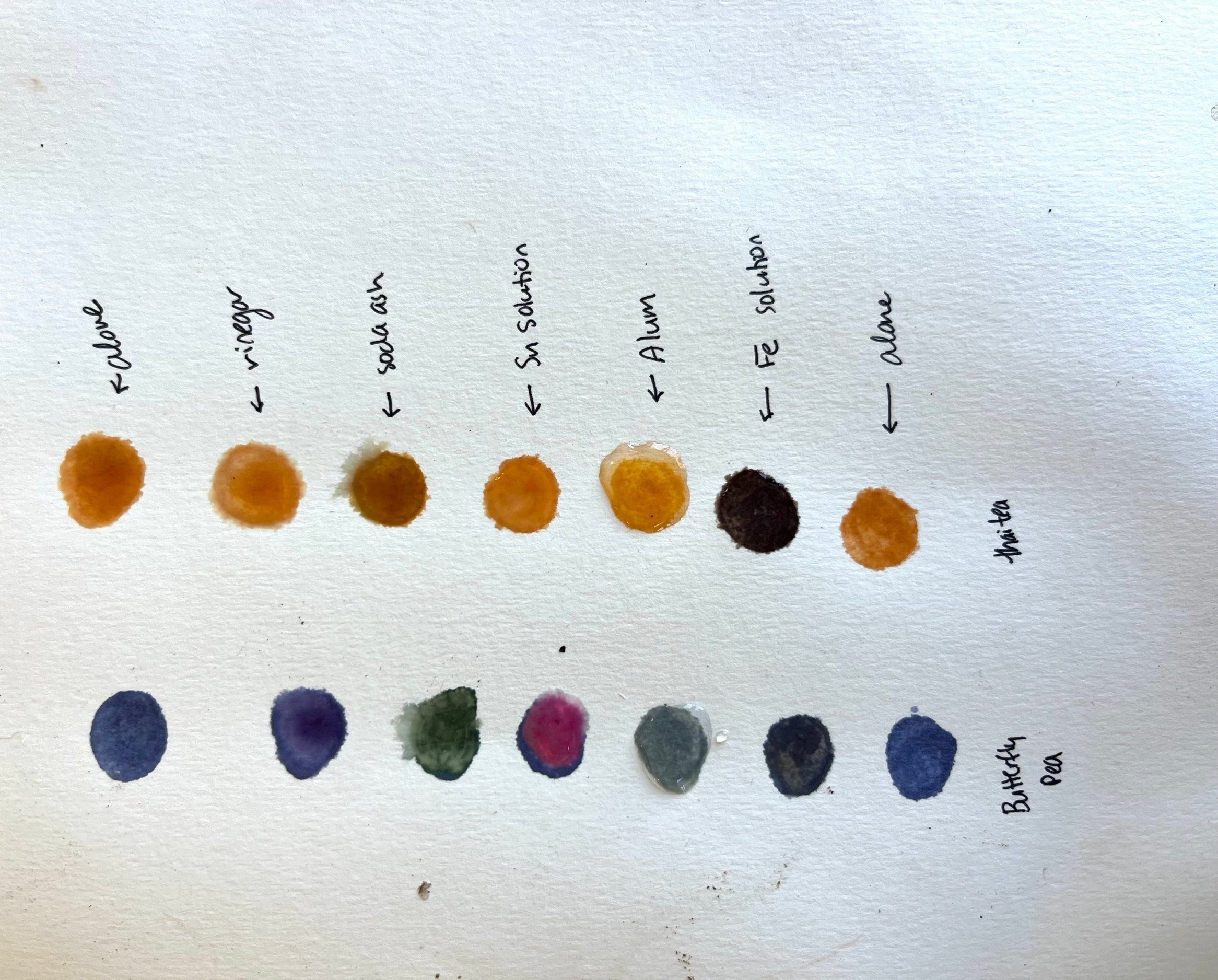
Eco Art Works
What is Eco Art?
Eco art, also known as environmental art, falls into a broad set of categories (see table, Weintraub 2012) but one good working definition is: “artworks which are informed by ecological rather than anthropocentric perspectives. Eco-artists consider sustainability, interdependence, and the totality of ecosystems, and often draw on systems thinking as an approach to environmental change” (Marks et al. 2016).
Margo’s Eco Art Practice
Margo’s work often touches on breaking down boundaries between what we consider “human” and “nonhuman” with an aim to feel more connected to the world around them. The majority of their work revolves around the Willamette River which runs through Portland, Oregon. The river has represented a place to reset and come back to themselves throughout their years in Portland. Over three summers, they guided and taught classes in kayaking along the river near Ross Island and found great joy in being on the water and introducing the area to others. Whenever they were having a hard time between the summers of 2023 and 2024, they would walk down to the Sellwood Riverfront and watch the water, observe the antics of dogs and children, and jump into the water. This ritual helped them through many rough spots and continues to be their favorite coping mechanism. Margo’s undergraduate thesis project about Eco Art & complex post-industrial environmental spaces is situated on Ross Island in the Willamette. Their photography project, Bodies of Intimacy (2023), also intersected with the river in many ways.
Margo has created a concept map relating rivers to our bodies, projects from trash found along the river’s banks, maps of the movement of the water, photography projects, and more.
Seismic Waves - Mapping Movements of the Willamette River
September & October, 2023
This project began as a desire for collaboration with a non-human entity, the Willamette River. I had gotten to know the movements of the Sellwood Riverfront Dock on the river through my many evenings spent there and wanted to translate the somatic feeling of being on the dock - knowing when boats have moved by, when someone is walking down from the shore, when a child has jumped into the way - into a visual medium. I created a multi-directional seismograph with some supplies lying around and got to recording. Each drawing in the final selection includes notes on what was going on during the recording, the length of the recording, and the river and weather statistics. I am fascinated by data visualization when used creatively to communicate intricate and nuanced information and really enjoyed creating this artistic data project.
Weaving Waste
October 2023
Through my time kayaking around Ross Island, I had become very interested in the discarded items on its banks which range from entire boats to small chairs to forgotten camps. In my thesis work, I researched the presence of “pirate boats” - people’s boats moored on the river without legal right - a very contentious issue. As within Portland as a whole, the question of who belongs along the Willamette River is contentious to say the least. Near Ross Island, technicalities of ownership allow people to moor on the Eastern side (Holgate Channel) without Portland Police having jurisdiction to kick them out. The presence of homeless camps and “pirate boats” along this section of the river dates back over a century. People need places to live and the river offers safer spaces to stay than some other urban areas; the section of the river near Ross Island is much safer to live by than polluted areas downriver within the Portland Harbor Superfund Site. However, there are also no resources for disposing of trash or human waste within this upstream area either. Thus, there is a lot of waste along the banks of the river.
I collected some of this waste one afternoon on my kayak to create something with what I found. I was particularly surprised to find so many textile items and decided to try turning them into yarn-like pieces with which to weave and crochet. My process included washing all the items I found in the river water, loading them onto my kayak to bring them home, washing them again at home, then processing them to create my pieces. It was a very exploratory process of creation which resulted in an abstract sculpture made of plastic bags, old shirts and pants, a burnt grocery basket, a pair of shoes, and other miscellaneous items. What struck me most within the process was wanting to know more about the people who brought these items to the river and why they had been left behind.
The Sellwood Riverfront Collective
November - December 2023
This poster is aimed to bring awareness to our interrelatedness and entanglements with nonhumans around us by drawing comparisons between the role of rivers in an ecosystem and the role of water within our bodies. I hung it in Sellwood Riverfront Park next to the entrance onto the dock. The idea of the “collective” is to bring attention to how we engage in community just by embodying a space, in this case the riverfront park area. I have recently felt most connected to place when sitting along the Willamette and have learned how important it is to others in our city in the process.
The Breakup-Mobile
September - October 2023
This lightheartedly titled project was the result of material explorations in handmade paper, ink, and fiber spinning and my tumultuous inner state after a bad breakup. The Breakup-Mobile is a mobile made of handmade paper (cotton, bamboo, butterfly pea flower) decorated with handmade inks (thai tea, butterfly pea flower, & hibiscus, locally harvested backberry, madder, & oregon grape) connected with found wood and hand-spun nettle fiber. It is inscribed with advice from my “aunties” (my mom’s best friends) from when I went through a particularly bad breakup. The mobile structure is aimed to bring peace to the viewer, as mobiles do for babies in their cribs. This project was one of healing and exploration and was incredibly enjoyable to make. It continues to hang over my bed and soothe me during hard times.
Exquisite Gorge II: Section 2
Spring & Summer 2022
My foray into Eco Art began with a community project I feel very lucky to have been invited in. Inspired by the Surrealist art practice “Exquisite Corpse,” where participants took turns drawing sections of a body on a piece of paper folded to hide each successive contribution then unfolded it to see the whole body, the Exquisite Gorge Project II is a collaborative effort to visualize the Columbia Gorge through artistic collaboration.
The Exquisite Gorge Projects I and II have been organized by the Mary Hill Museum , under the instruction of Curator of Eduction Louise Palermo. In 2022, the Artistic Director was Tammy Jo Wilson . We are incredibly grateful to everyone who has helped to make this project a success for the second time.
Each artist (or group of artists) created an original fiber arts piece collaborating with a Community Partner and community members from their assigned stretch of river. Each artwork portrays a section of the river itself and will connect to the next section. We had section 2, from River Mile 110 to McGowan's Light. Our artist was Amanda Triplett and the community partner was my college, Lewis and Clark College. I worked alongside fiber artist Amanda Triplett and other Lewis & Clark College artists, Ella Martin, Haley Ledford, and Jones Kelly to create a fiber art installation piece which conveyed data about the Columbia Gorge.
We worked with data ranging from wind patterns to geologic layers to water temperature and Oregon energy usage. I created a 3d topographical textile piece representing the colors of the Gorge in the spring and its complex topography which creates its famous waterfalls.









